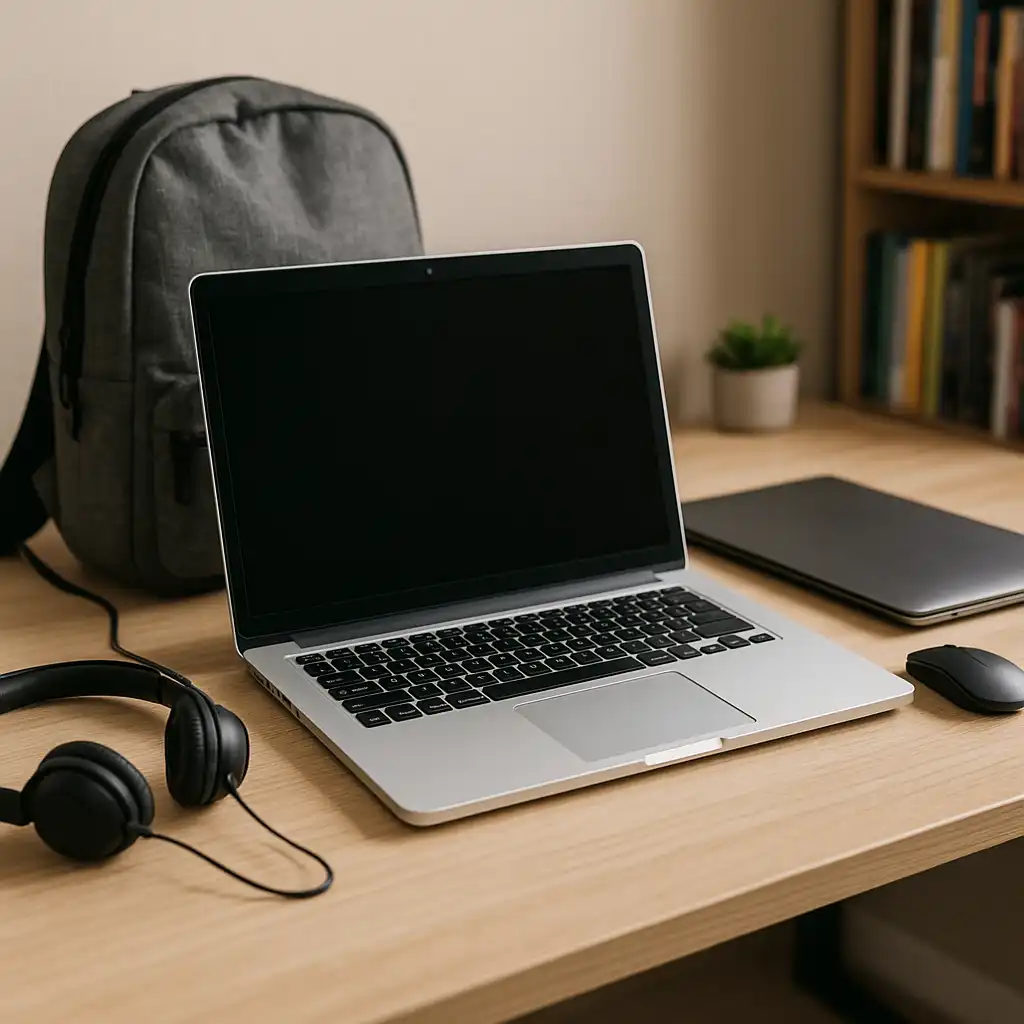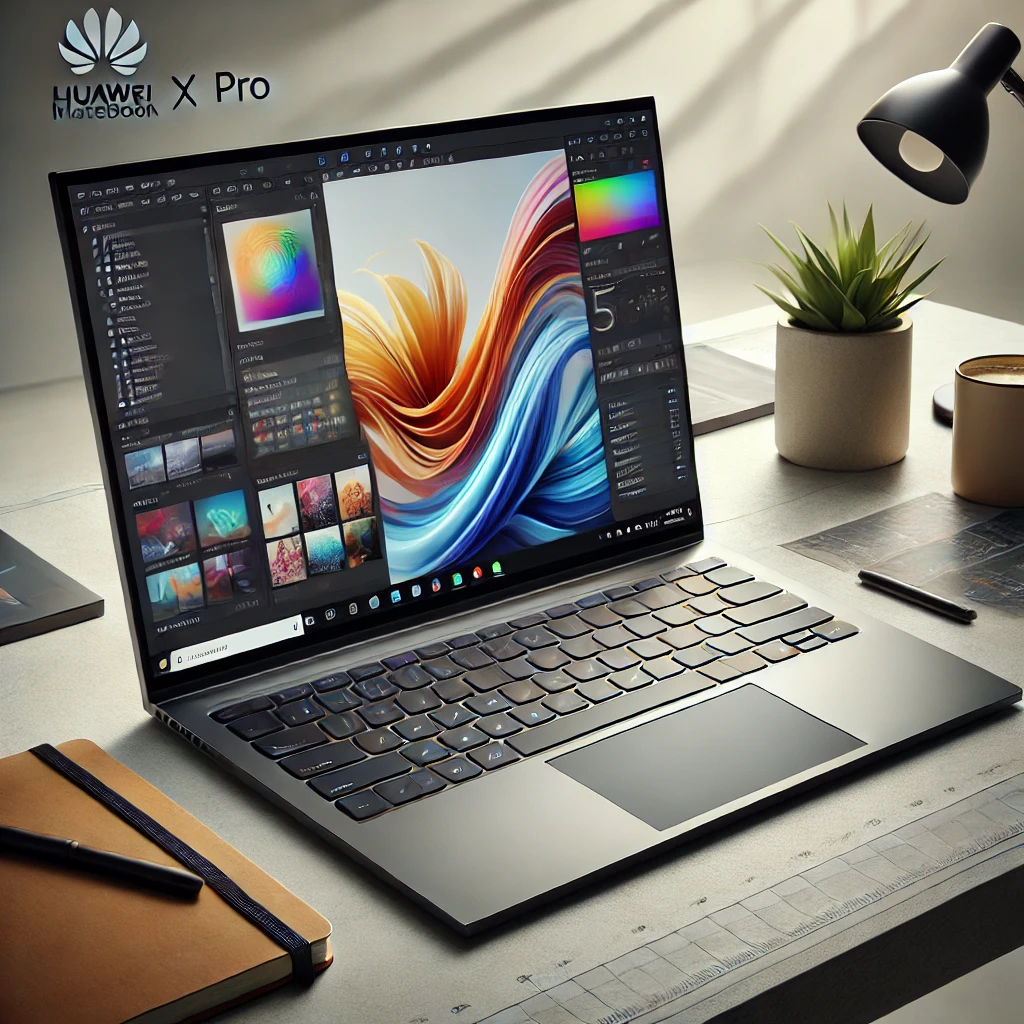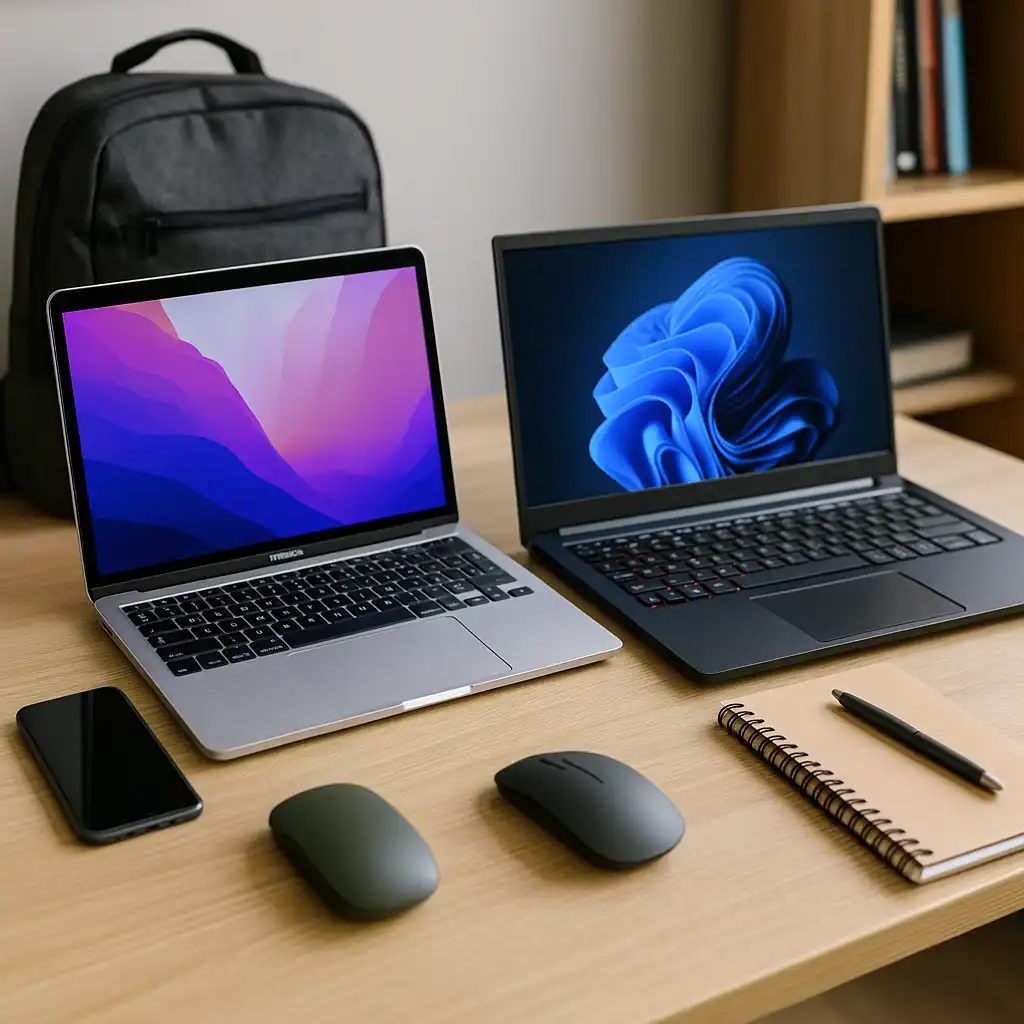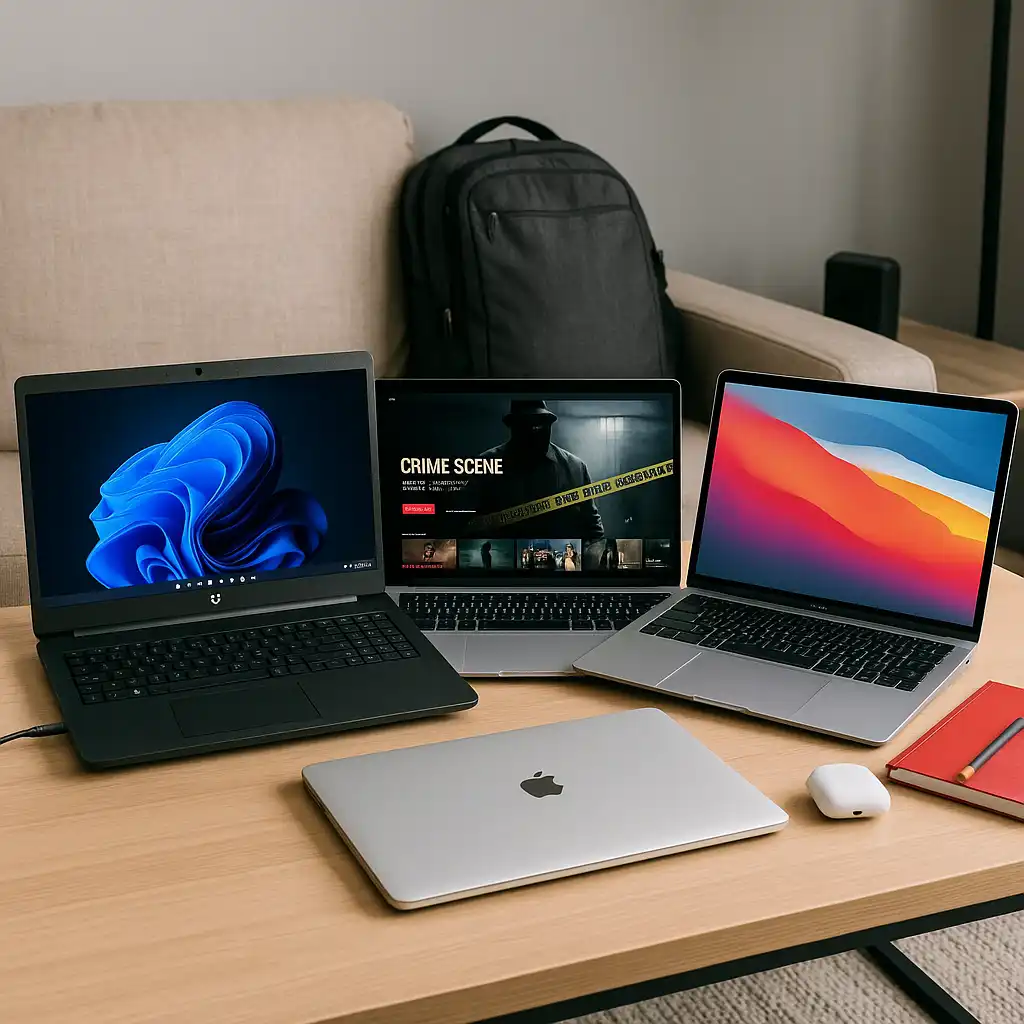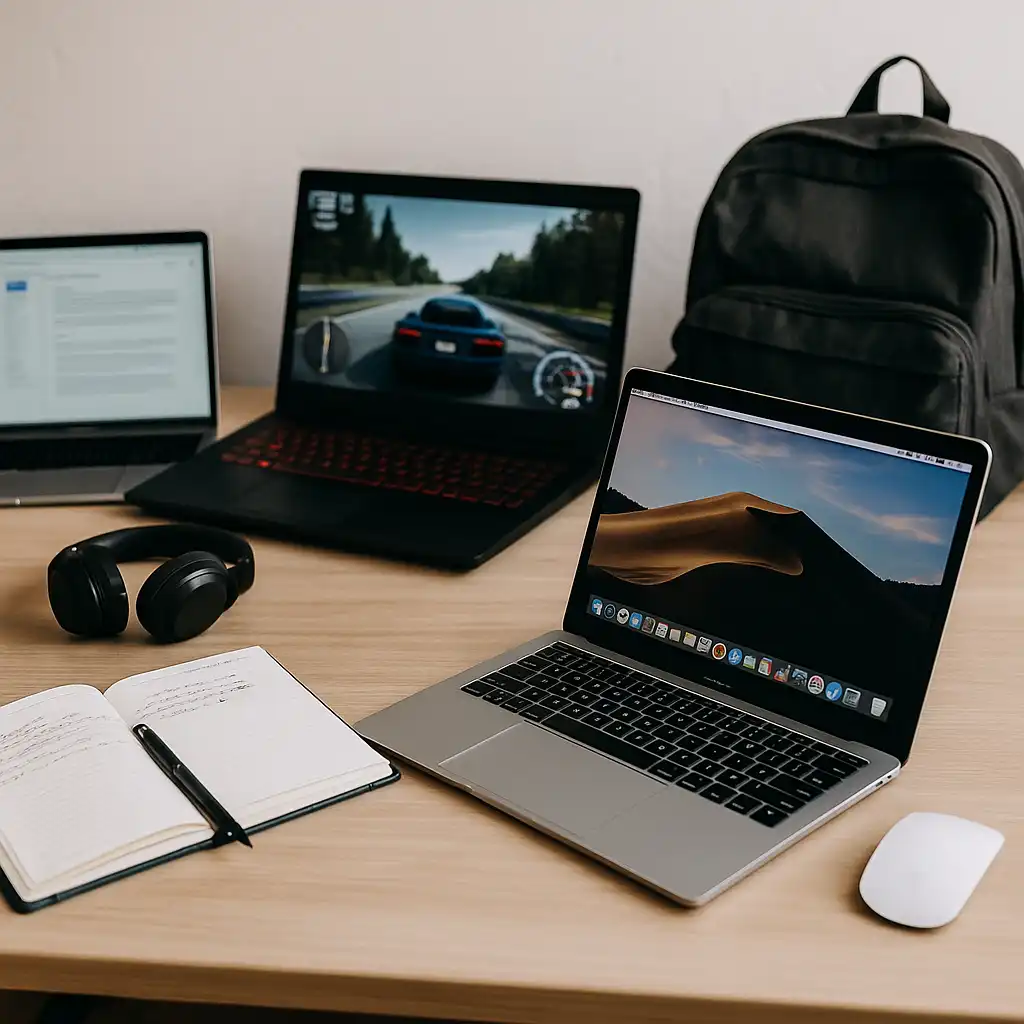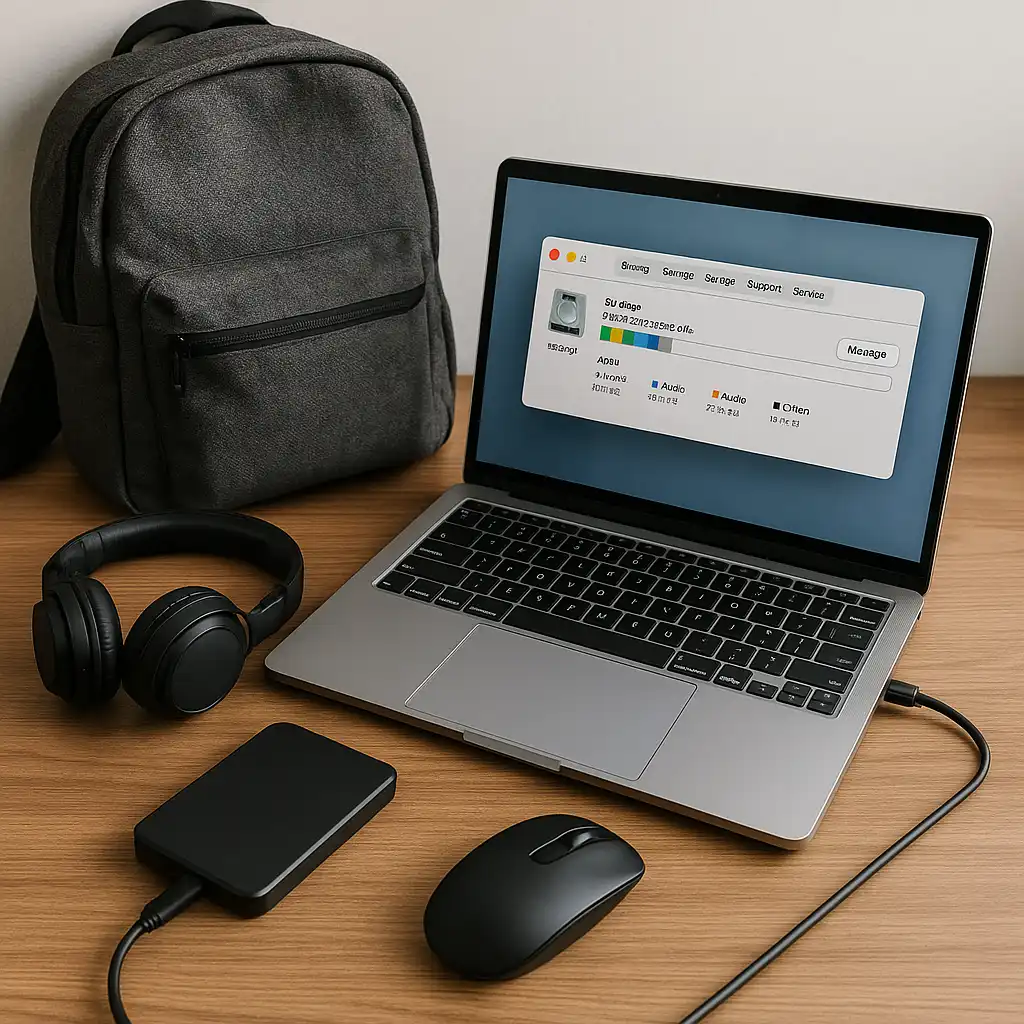How to Choose the Right Laptop for Students: Smarter Picks
Disclosure: This post contains affiliate links. As an Amazon Associate, I earn from qualifying purchases—at no extra cost to you.
Last Updated: September 26, 2025
Buying a student laptop can be confusing. Specs look complicated, budgets are limited, and the wrong choice might leave you stuck with a slow machine before finals week. The good news is you don’t need to overthink it. By focusing on a few essentials, you can find a laptop that lasts through school and keeps up with your daily routine.
👉 Want examples? Check our roundup of recommended laptops for students
🔍 Key Factors Students Should Look For in a Laptop
Battery life is a deal-breaker when you’re moving between classes, coffee shops, and libraries. Aim for at least 8 hours to avoid hunting for outlets. RAM also matters—a base of 8GB works, but 16GB gives more room for multitasking and future-proofing.
Always choose SSD storage if possible. It boots quickly, loads apps faster, and keeps the system responsive. For size, 13–14 inches hits the sweet spot: light enough to carry all day, but not too cramped for assignments and research.
🔍 Common Mistakes to Avoid When Choosing a Laptop
One of the biggest mistakes is buying more power than you’ll ever use. A heavy gaming laptop might look appealing but is unnecessary if your main tasks are essays, streaming, and web browsing. On the other hand, the cheapest laptops often slow down quickly and won’t last a full degree.
Ports are another detail people overlook. A mix of USB-A, USB-C, and HDMI makes it easier to plug into projectors or connect accessories without adapters. And don’t forget comfort—an awkward keyboard or stiff trackpad can make long study sessions frustrating.
🔍 Balancing Performance and Budget as a Student
For most students, the goal is steady mid-range performance at a reasonable price. Processors like Intel Core i5 or AMD Ryzen 5 strike a good balance between speed and cost. You’ll get plenty of power without overspending.
If you want more value, check slightly older models. Last year’s laptops often deliver strong hardware at a discount, and stacking student deals can push prices down even further. It’s one of the easiest ways to save without cutting corners.
🔍 Best Laptop Types for Different Majors
Your major should influence your choice. Liberal arts, business, and education students usually need a lightweight laptop with strong battery life. STEM and engineering majors benefit from extra RAM and CPU power for coding or data analysis.
Creative majors in design, film, or architecture should prioritize dedicated graphics and color-accurate displays. If you’re undecided, a balanced mid-range laptop will cover most needs and keep things simple.
📌 Key Takeaways
- Look for at least 8 hours of battery life.
- Choose 8GB RAM minimum, with 16GB preferred.
- SSD storage is worth it for speed and reliability.
- Match your laptop choice to your major and workload.
🟢 FAQs
Q: What is the best laptop size for college students?
Most students prefer 13–14 inches—it’s portable, practical, and comfortable for daily use.
Q: Do students really need a dedicated graphics card?
Not usually. Integrated graphics handle school tasks well, unless you’re in a design or engineering program.
Q: Should I spend more on storage or RAM?
Prioritize RAM. You can always add external storage later, but more RAM makes multitasking smoother.
✅ Conclusion
When thinking about how to choose the right laptop for students, balance is key. Look for a laptop with reliable battery life, enough RAM to handle schoolwork, and portability that fits your day-to-day. A smart mid-range choice will last through college and make studying, streaming, and everything in between much easier.

